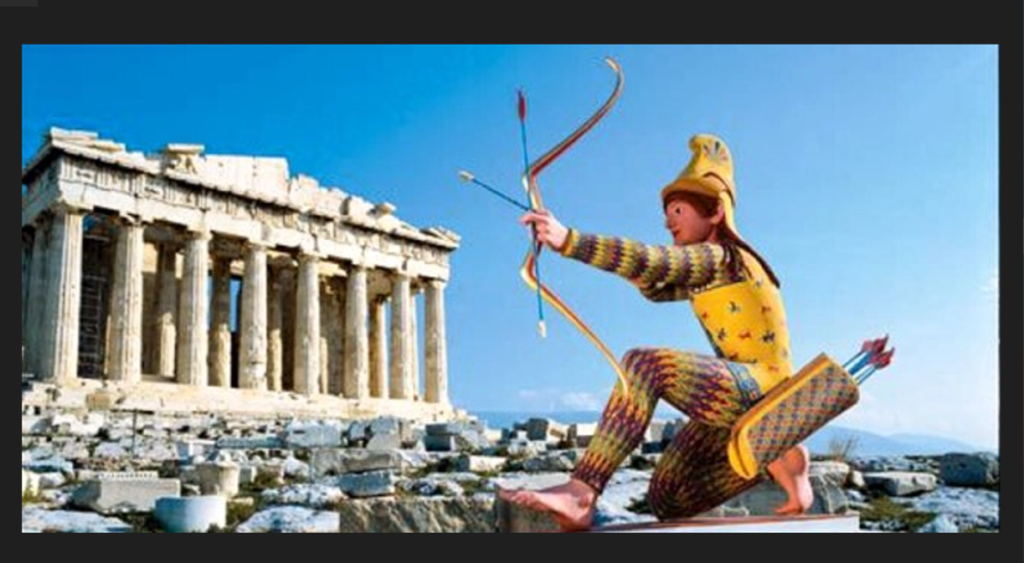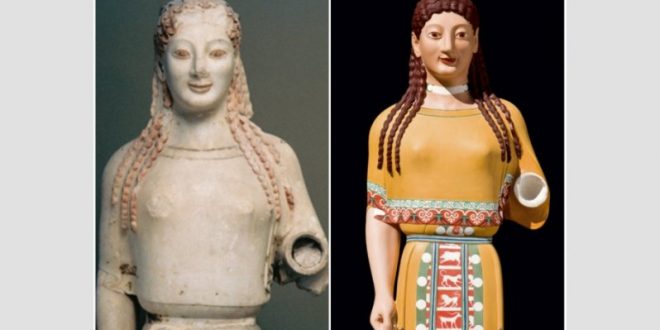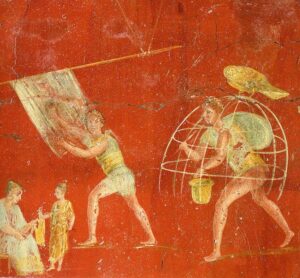The color was an important and integral part of the ancient worldview, and up to the present day, many signs and superstitions are associated with various shades. If you enjoy shiny things, you can always check a list of casino games and choose the right for yourself.
Ancient Egypt
The Egyptian hieroglyph for the word “color” has the additional meaning of “being, nature, character, disposition” and even “appearance.” This indicates that color was an important and integral part of the ancient worldview.
An important role in the life of Ancient Egypt was played by blue and blue – the colors of the cloudless sky and the life-giving waters of the Nile. Blue was used to paint the clothes of good gods on frescoes, they covered earthenware for food and agricultural rituals of fertility.

The color of water, without which harvest is impossible in an arid climate, meant life. Blue is also the color of Amon-Ra, sometimes Osiris. The deities Ptah, Horus, Khnum, and Nut were often depicted with blue bodies.
The Egyptians also revered the green color, which was associated with vegetation that gives life under the scorching sun of the desert. This color marked the strengthening of all existing benefits. The greenery reminded me of the abundant fields of the afterlife, a kind of Christian paradise.
Green in ancient Egypt also meant resurrection and the birth of a new life, food, and prosperity. The lord of the underworld, Osiris, was always depicted with greenery or green-skinned. This color, along with blue, was used in fertility rituals.
Red was the main one in the rituals dedicated to Set. The god of rage, sandstorms, destruction, chaos, war, and death was depicted with red eyes and red hair. This color was considered the color of dangers that are beyond the control of man. Hieroglyphs were written in red ink, meaning evil and the demon of bad days.
White was the color of purity. The clothes of the priests were most often white, and most of the sacred objects were made of white alabaster. Sacred animals, such as oxen, cows, and hippos, were also depicted as white.

Color And Modern Magic
At present, it is no longer fashionable to divide magic exclusively into black and white. This is largely due to the fact that modern magicians strive to please different clients.
Philip Bonevits in his book “Real Magic” (1970) presents the whole color variety of magical practices.
Orange magic. Deals with selfishness and materialism, pride and self-confidence, courage, and reliability. This type of magic is associated with the physical and economic sciences.
Yellow magic. This is the magic of the mind and nervous system. It includes mathematics, logic, and philosophy. Yellow magic is associated with learning, systematization, and theorizing.
Green magic. Currently includes botanical sciences, fertility, creativity, aspects of beauty, and art.
Blue magic. Includes religion, extrasensory perception, spiritualism, divination, theology, and social sciences.
Magic indigo. Originally, the color symbolized the ability to bring rain and control the weather. Since then, indigo magic has spread to other “celestial” sciences, including astronomy, astrophysics, and time and space travel.
Purple magic. It is magically associated with love, lust, hate, fear, anger, and ecstasy. Issues of power and political science are also traditionally associated with this color.
Ultraviolet Magic. Bonevits considers this magic to be suicidal since it affects the psyche of the magician himself.
Brown magic. This is the magic of forests and fields, animals, and hunting. Associated with environmental sciences.

